1. The Godfather
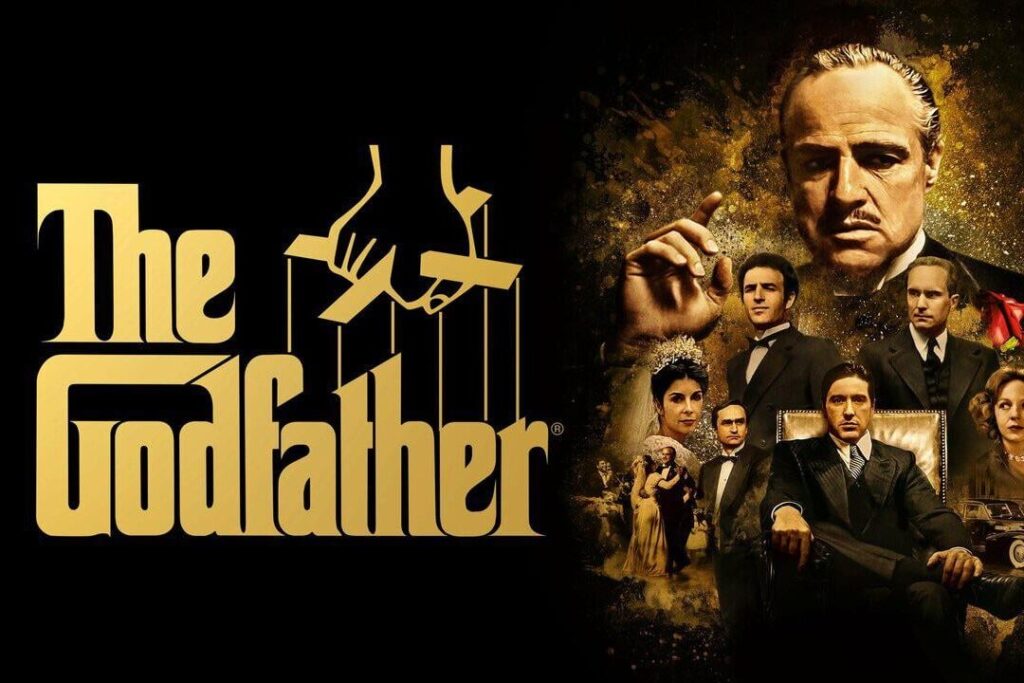
It’s astonishing to think that some of the most beloved and iconic movies we cherish today came perilously close to never seeing the light of a projector. The classic gangster epic faced relentless opposition before it even started filming, primarily from its own studio, Paramount Pictures, which wanted a low-budget, contemporary film to capitalize on the book’s popularity. They initially resisted director Francis Ford Coppola’s vision for a 1940s period piece and wanted actors like Robert Redford instead of the relatively unknown Al Pacino for Michael Corleone, and were also highly skeptical of casting Marlon Brando. Adding to the strife, a real-life crime boss, Joe Colombo, and his Italian-American Civil Rights League campaigned aggressively to stop production, viewing the film as an ethnic insult. Coppola was constantly on the brink of being fired, making the final masterpiece a triumph against overwhelming internal and external resistance.
2. Apocalypse Now

Francis Ford Coppola’s Vietnam War epic suffered one of the most infamously chaotic productions in film history, leading many to believe it would never be finished. Filming in the Philippines was plagued by disaster: a major typhoon destroyed expensive sets, leading to a long shutdown and a ballooning budget, while the Philippine military frequently recalled its loaned helicopters mid-shoot to fight local insurgents. Star Martin Sheen suffered a near-fatal heart attack on location, and Marlon Brando arrived significantly overweight and unprepared, forcing a rewrite of his character. The shoot ballooned from an expected five months to over a year, with Coppola self-financing the ever-increasing costs, almost facing total financial ruin to complete his feverish vision.
3. The Wizard of Oz

The beloved 1939 musical was an arduous production marked by frequent directorial changes, cast injuries, and a troubled script. No fewer than five directors worked on the film, though Victor Fleming received sole credit. Actors faced physical perils; Margaret Hamilton (the Wicked Witch) was severely burned in a pyrotechnics mishap, and the original Tin Man actor, Buddy Ebsen, suffered a near-fatal reaction to the aluminum-dust makeup, requiring an emergency replacement. The studio, MGM, considered cutting the iconic “Over the Rainbow” song because executives felt it slowed the picture down and was too adult for a children’s film. Only through the intervention of producer Arthur Freed and others was the song saved, ensuring the movie’s enduring legacy.
4. Jaws
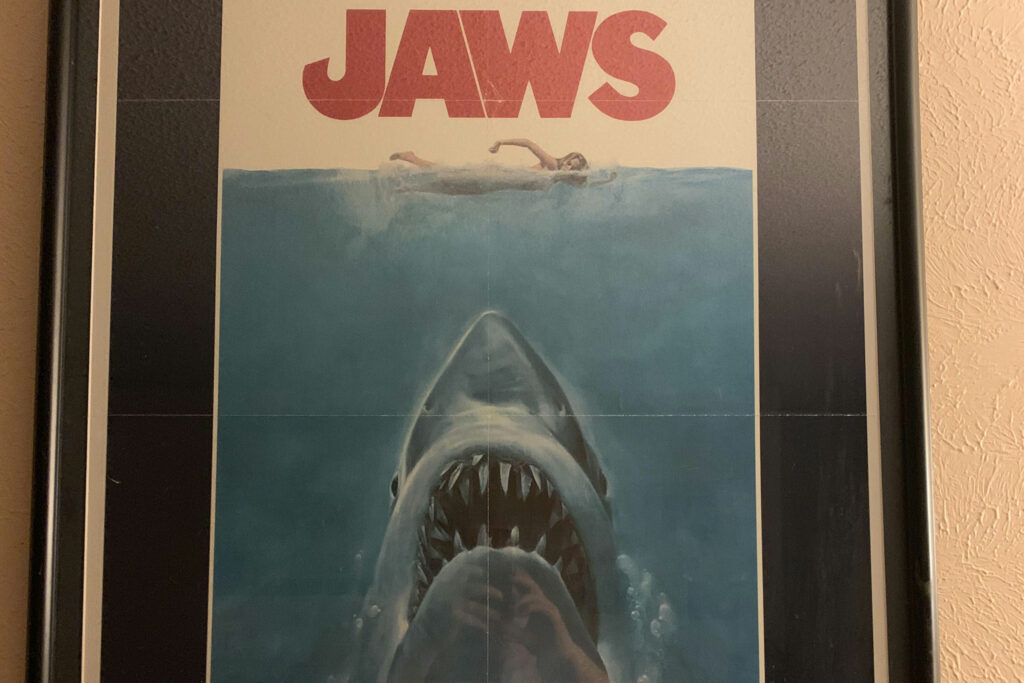
Steven Spielberg’s breakout thriller about a killer shark was nearly sunk by its decision to film on the open ocean off Martha’s Vineyard, a choice that led to catastrophic delays. The mechanical shark, nicknamed “Bruce,” was notoriously unreliable, constantly malfunctioning or sinking due to the corrosive saltwater, forcing Spielberg to rely more on subtle suggestion than showing the beast. This technical failure ironically pushed the young director to create tension through point-of-view shots and John Williams’ ominous score. The budget doubled, the schedule tripled, and studio executives regularly threatened to shut down the production. It was Spielberg’s resourceful direction under duress that ultimately saved the film and launched the modern blockbuster era.
5. Henry: Portrait of a Serial Killer

This chilling 1986 independent horror film, starring Michael Rooker, was completed but then shelved for four years due due to its extremely dark and visceral content. The independent production was given an “X” rating by the MPAA (Motion Picture Association of America) because of its uncompromising violence and disturbing realism. The “X” rating was typically associated with pornography at the time, which severely limited the film’s distribution and earning potential. Producer and director John McNaughton refused to make the cuts demanded by the MPAA, leading to a lengthy and frustrating battle. The film eventually garnered critical support and was released unrated in 1990, becoming a highly influential cult classic.
6. E.T. the Extra-Terrestrial

Steven Spielberg’s heartwarming 1982 masterpiece faced an unusual threat: it was almost never distributed by Universal Studios. The studio initially passed on the project, believing it to be too niche or too similar to other sci-fi works. Instead, it was secured by the film division of the music label EMI, later sold to Universal’s main competitor, Columbia Pictures, who financed a portion of the development. However, Columbia, uncertain about the film’s commercial prospects for a summer release, made a strategic error and sold its rights back to Universal just before production began, in exchange for a percentage of the profits. This decision turned out to be one of the biggest missed opportunities in box office history for Columbia.
7. Titanic

James Cameron’s 1997 epic was so enormous, expensive, and delayed that it became Hollywood shorthand for a likely financial disaster, and speculation was rife that the studios would cut their losses and quietly bury it. The production’s budget famously ballooned to an unprecedented $200 million, making it the most expensive film ever made at the time. The shoot suffered from grueling long hours, a flu outbreak, and a bizarre incident where a disgruntled crew member poisoned the on-set food with PCP, hospitalizing 50 people, including Cameron and Leonardo DiCaprio. Facing intense media criticism and pressure to trim the massive three-hour runtime, Cameron held firm, and the film’s eventual record-breaking success defied all the initial bad press.
8. The Ten Commandments (1956)

Cecil B. DeMille’s spectacular biblical epic narrowly avoided being shut down due to the sheer logistical scale and the director’s health. Filmed on location in Egypt, the production involved managing 14,000 extras and 15,000 animals, which was a Herculean task requiring unprecedented coordination. The ultimate threat came when the 73-year-old DeMille, who was constantly pushing limits, suffered a serious heart attack while climbing a 130-foot set structure to check a camera angle during the Exodus sequence. Despite doctors advising a long rest, the director only took two days off before returning to the massive shoot, insisting on finishing the project he viewed as his life’s most important work.
9. Brazil
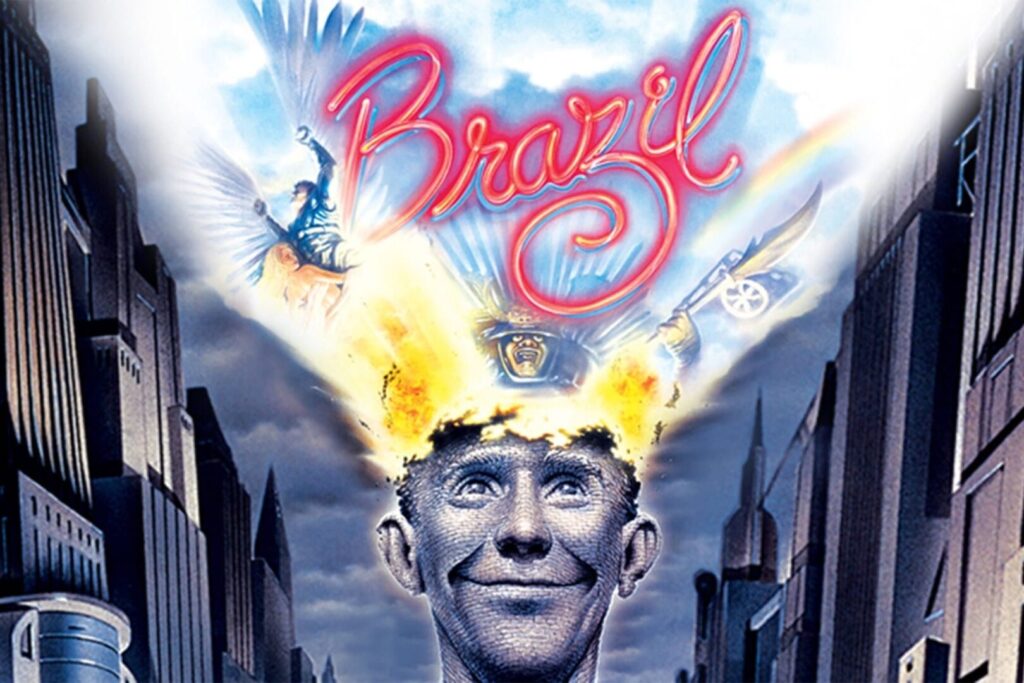
Terry Gilliam’s 1985 dystopian satire was nearly unrecognizable to American audiences after its distributor, Universal Pictures, deemed it too long, too dark, and too unconventional for commercial release. After an initial version screened successfully in Europe, Universal’s head, Sid Sheinberg, demanded significant cuts and a completely re-edited, happier ending, famously creating his own 94-minute version without Gilliam’s consent. Gilliam famously took out a full-page ad in a trade magazine featuring an open letter asking, “Dear Sid Sheinberg, When are you going to release my movie Brazil?” The public pressure and a wave of critical support forced the studio to release Gilliam’s longer, original edit, a triumph for artistic integrity over studio interference.
10. The Passion of the Christ
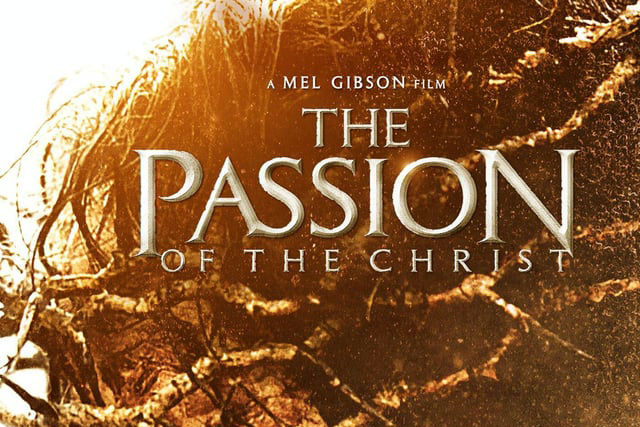
Mel Gibson’s 2004 biblical drama faced a major distribution crisis due to its explicit violence and intense controversy over its alleged antisemitic portrayal of Jewish characters. After funding the entire $30 million production himself, Gibson could not find a major Hollywood studio willing to distribute the R-rated, subtitled film. Studio executives feared a massive public backlash and potential boycotts. The film ultimately found an independent distributor, Newmarket Films, and Gibson launched an unprecedented grassroots marketing campaign focused on religious groups. The film’s massive box office success proved that despite the industry’s initial reluctance and the surrounding uproar, a targeted audience existed.
11. Mad Max: Fury Road
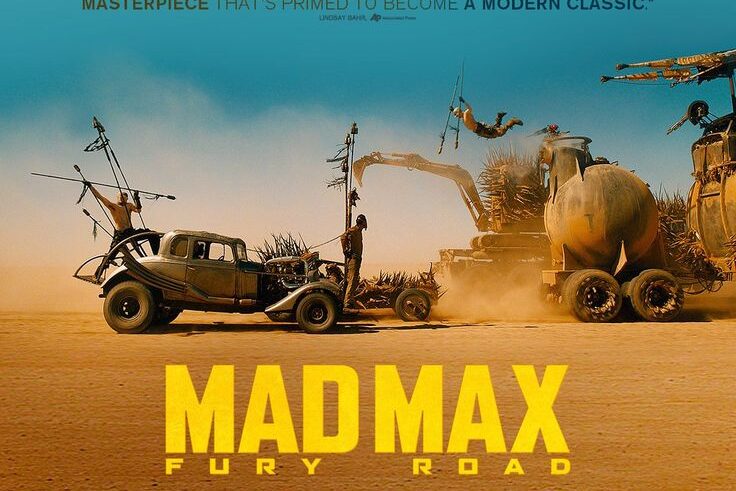
George Miller’s spectacular return to his dystopian franchise faced two decades of development hell and a notoriously troubled production that nearly killed the project entirely. After a planned shoot in 2001 fell apart following the 9/11 attacks and the subsequent collapse of the US dollar, Miller attempted to restart in 2010. However, unprecedented rainfall in the Australian desert, the intended location, turned the barren landscape into a lush flower garden, necessitating an expensive and logistically nightmarish move to the Namibian desert. The shoot itself was marked by a deep rift between the two lead actors, Tom Hardy and Charlize Theron, and constant logistical challenges that pushed the budget and schedule far past initial estimates, making its eventual release and critical acclaim a miracle.
12. All the President’s Men
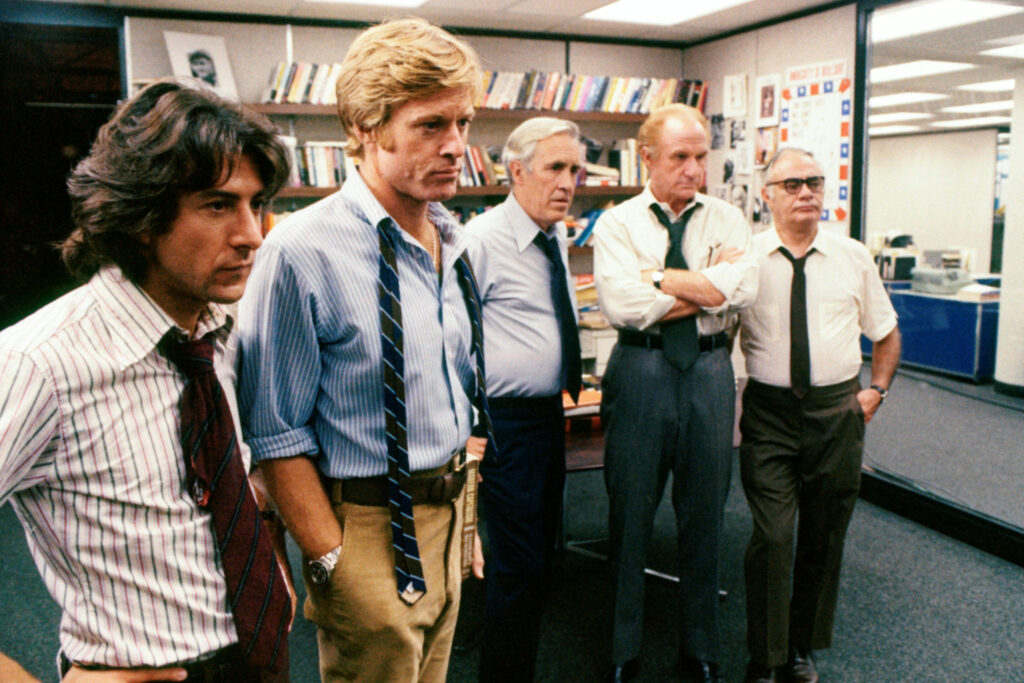
This acclaimed 1976 political thriller about the Watergate scandal was stalled for years because the two lead investigative journalists, Bob Woodward and Carl Bernstein, were initially reluctant to sell the film rights to their book. They feared that a Hollywood adaptation would trivialize the serious political events and compromise their journalistic integrity. Furthermore, major studios were hesitant to greenlight a film that was essentially a complex, talk-heavy mystery, and one that was highly critical of a sitting U.S. President, Richard Nixon, especially before he had resigned. Only the determined efforts of producer Robert Redford, who bought the rights and insisted on a faithful, fact-based adaptation, convinced the journalists and the studio, Warner Bros., to move forward.
13. The Last Temptation of Christ
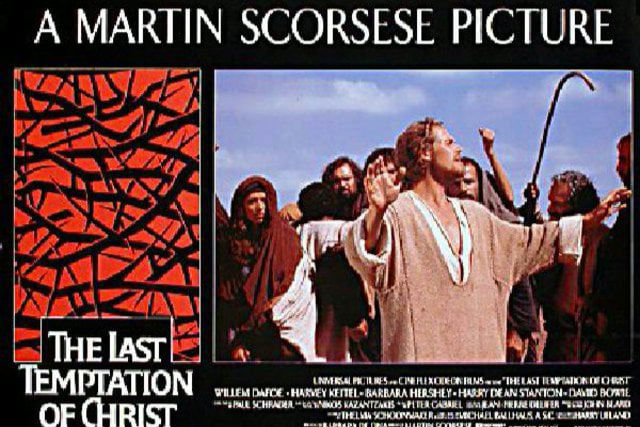
Martin Scorsese’s 1988 adaptation of the controversial novel generated intense outrage from various fundamentalist Christian groups who objected to its non-traditional portrayal of Jesus. This highly publicized opposition led Universal Studios to abandon the project entirely in 1983 due to the financial risk and potential for boycotts. Years later, Universal’s then-head, Lew Wasserman, gave Scorsese a low-budget deal under the studio’s art-house banner, Cineplex Odeon Films, with the strict stipulation that the film could not exceed $7 million. When the finished film was finally released, it sparked massive protests, including bomb threats and arson attacks on theaters, forcing the studio to use special security measures to ensure it was shown.
14. Fitzcarraldo
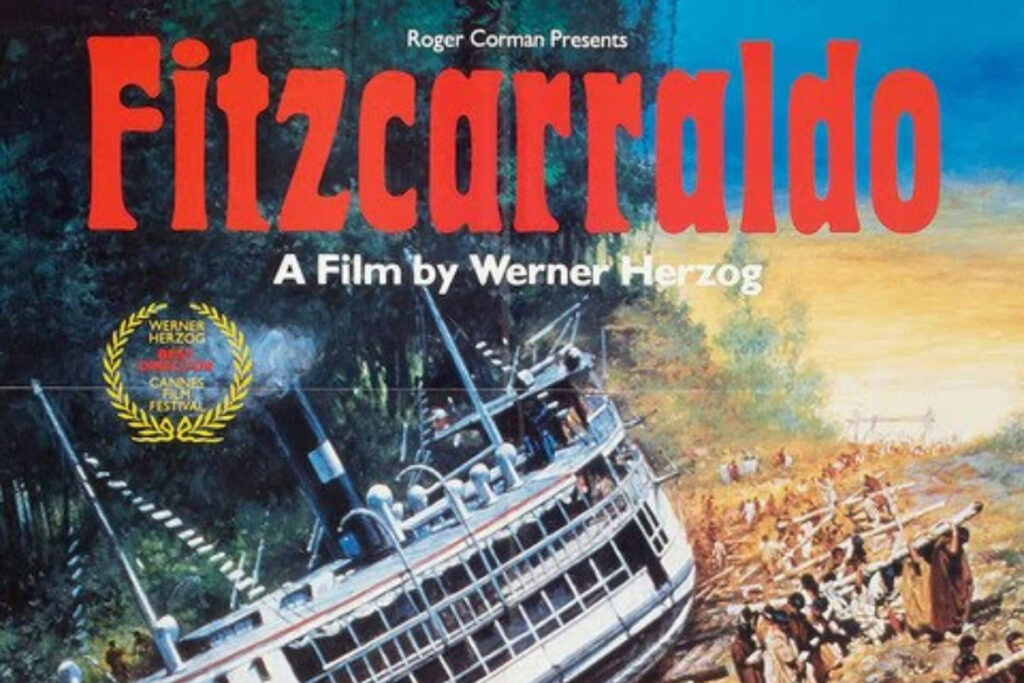
Werner Herzog’s 1982 adventure film, centered on an opera fanatic attempting to haul a massive steamship over a mountain in the Peruvian Amazon, was a production disaster almost beyond belief. The director insisted on using real-life logistics rather than special effects, leading to genuine danger. Two different actors who were initially cast for the lead role, Jason Robards and Mick Jagger, left the production due to illness and scheduling conflicts, requiring the role to be recast with Klaus Kinski and reshot. The constant struggle with the harsh jungle environment, political instability, and accidents (including a plane crash and serious injuries to crew members) led Herzog to state that the difficult shoot was a necessary reflection of the insanity depicted in the film.
15. Blade Runner
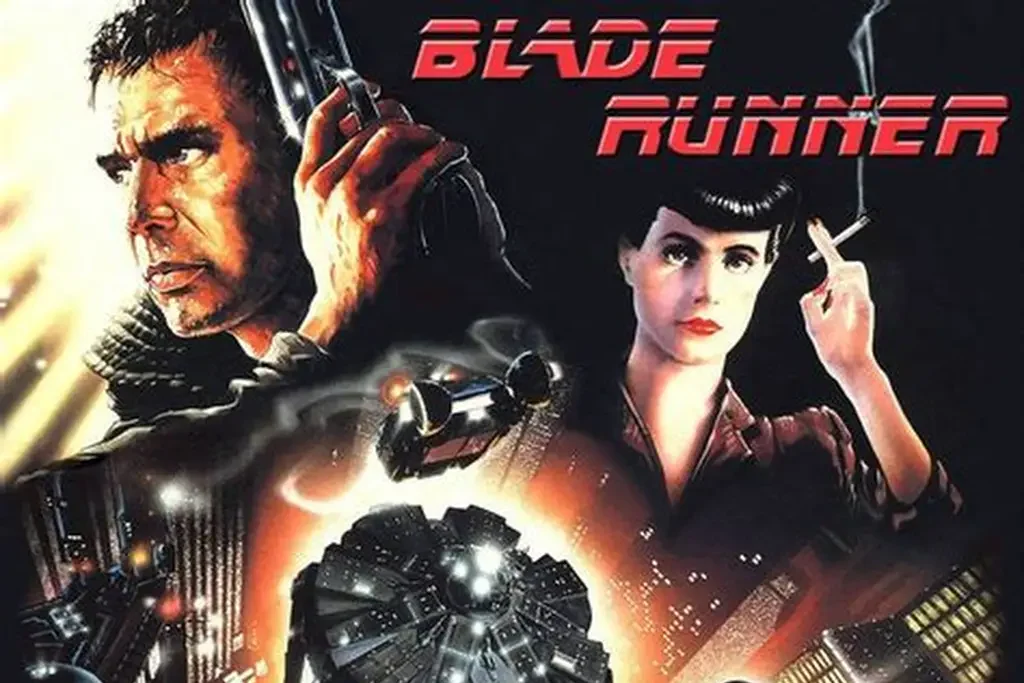
Ridley Scott’s sci-fi neo-noir faced significant battles from its production company, The Ladd Company, and its financiers, who were deeply unhappy with the film’s dark tone and complex, ambiguous narrative. After a disastrous test screening with a general audience, the studio demanded several major changes. These included adding an unnecessary “happy ending” voiceover narration to explain the convoluted plot, and excising the original, moody ending that left the protagonist’s fate ambiguous. This studio-mandated version was the one initially released in 1982, receiving a mixed reception. It took over a decade and the release of several director’s cuts, free from the studio interference, for the film to gain recognition as a masterpiece.
16. Metropolis
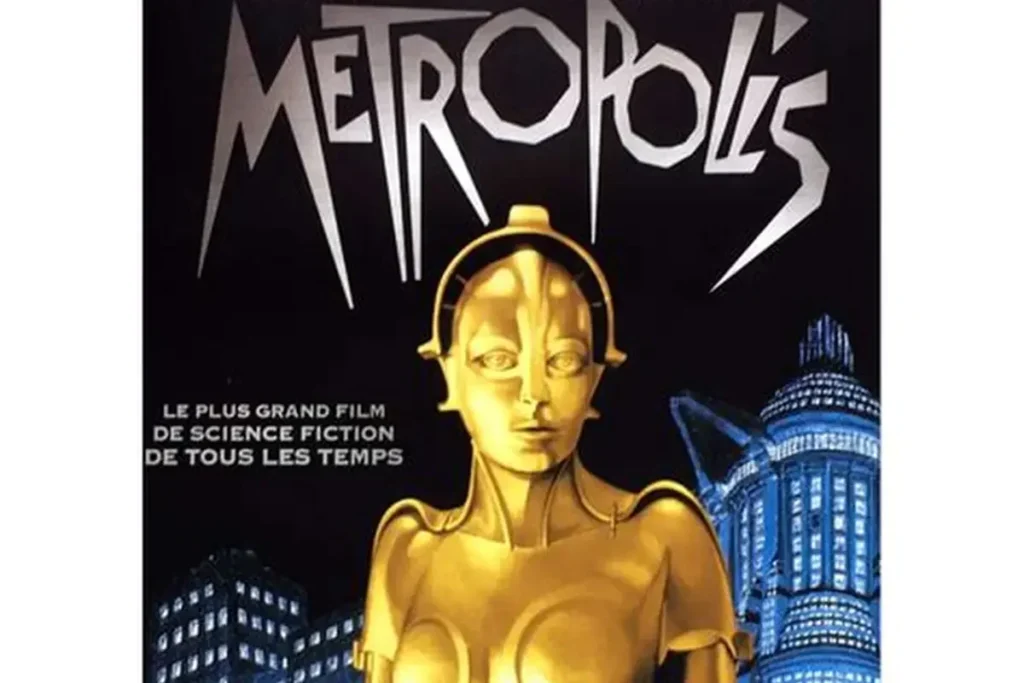
Fritz Lang’s groundbreaking 1927 silent film, a cornerstone of science fiction cinema, was notoriously over-budget and over-schedule, pushing the German studio UFA to the brink of bankruptcy. Upon its initial premiere, the film was a massive commercial failure and met with mixed critical reviews. Due to its length and complexity, foreign distributors, including Paramount for the US, took extreme liberties, heavily editing, cutting, and re-arranging the film’s narrative to create a shorter, simplified version that often lost the original story’s coherence. For decades, the true original version was thought to be lost forever, with only heavily butchered cuts surviving, until a nearly complete, though damaged, print was miraculously discovered in Buenos Aires, Argentina, in 2008.
17. Heaven’s Gate
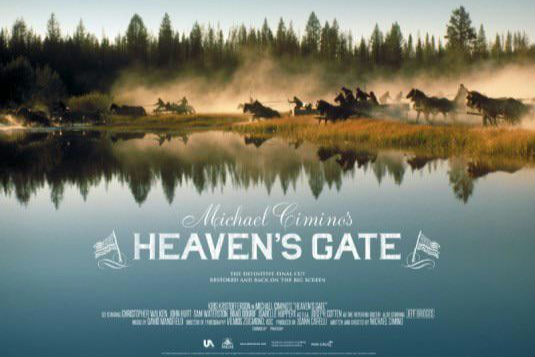
Michael Cimino’s 1980 Western epic is perhaps the most famous example of a film that was functionally shelved by its studio, United Artists (UA), due to its spectacular financial disaster. The production went wildly over budget, costing an estimated $44 million against its initial $11.5 million budget, and the shooting schedule extended by months due to Cimino’s obsessive perfectionism and infamously excessive shooting ratios. The first cut clocked in at an unwatchable five hours, and the studio-mandated shorter release was a commercial and critical catastrophe, leading UA’s parent company to sell the studio and effectively ending its historical run as an independent distributor. The film was quickly pulled from theaters, only later to be re-evaluated as a flawed, but artistically ambitious, work in its director’s cut.
18. The Right Stuff

While critically acclaimed, the 1983 historical drama about the Mercury Seven astronauts was an enormous financial failure upon its initial release, leading to concerns it would be forgotten. Despite its sprawling scope and impressive production values, the film, which cost a hefty $27 million, only managed to gross about $21 million at the domestic box office. The film’s complex, three-hour-plus runtime and focus on an ensemble cast rather than a single A-list star did not connect with mass audiences at the time. Warner Bros. subsequently put little effort into keeping it in theaters. However, the film found a massive second life and critical appreciation through the nascent home video market, solidifying its status as a masterpiece of American filmmaking and a cultural touchstone.
Whether battling the elements, hostile critics, or overbearing studio executives, the journey of these films to the screen makes their eventual success all the more meaningful. We hope these behind-the-scenes stories give you a fresh perspective next time you settle in to watch one of these nearly-unreleased classics.
Like this story? Add your thoughts in the comments, thank you.
This story Movies That Were Almost Never Released was first published on Daily FETCH


